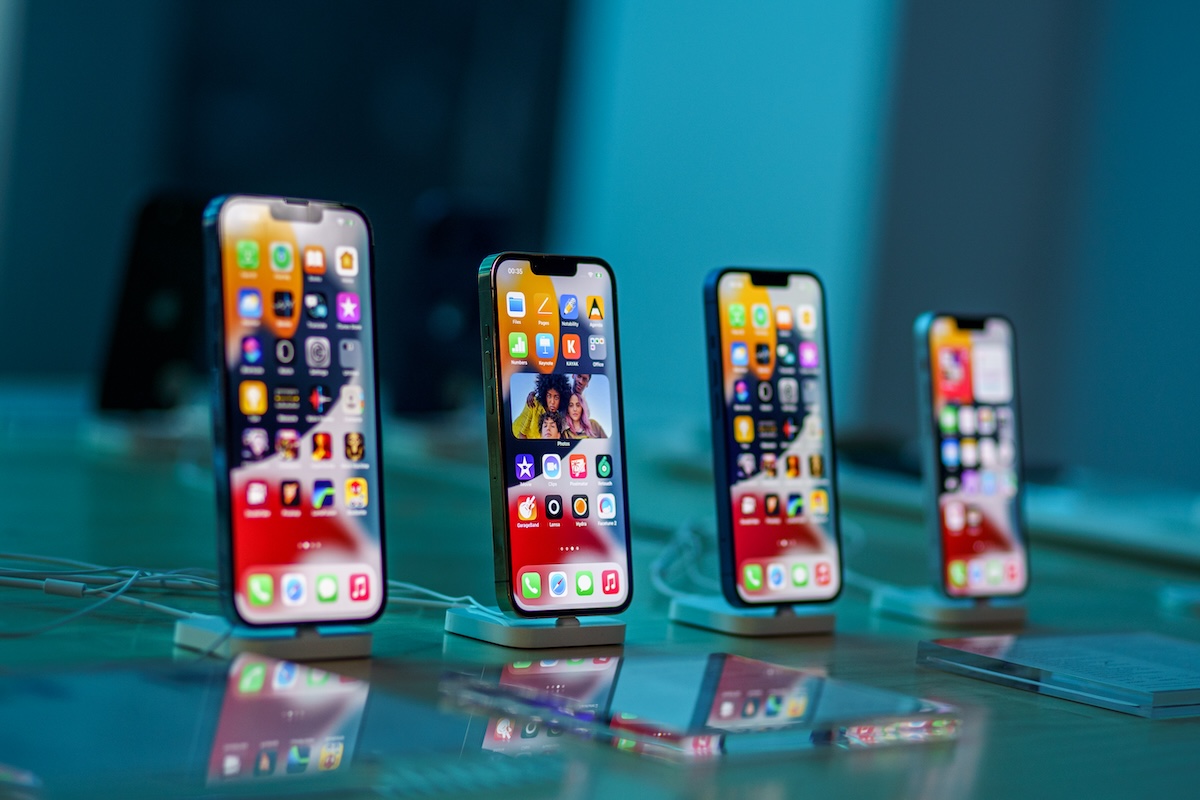UBS warns of slowing iPhone sales in key markets as Apple stock tumbles
April 1, 2025

Apple’s crown jewel is feeling the squeeze.
According to an April 1 UBS note to clients, global iPhone sell-through fell 1% year-over-year in February, highlighting slowing demand across Apple’s three most important markets: the U.S., China, and Europe.
(Sell-through refers to the percentage of products sold by a retailer compared to the amount it received from the supplier.)
The drop was most severe in China, where sales dropped 17%, followed by a 12% decline in Europe. Even in the U.S., where Apple gained market share, unit sales still declined by around 1%.
The firm noted that “iPhone continues to cede share in key markets like China and Europe,” with market share slipping to 13.4% and 27.1% respectively, both down over 100 basis points year-on-year.
India and emerging markets show promise but off a low base
It wasn’t all bad news. UBS pointed to double-digit growth in India and other emerging markets, with iPhone sales rising around 20% in both regions.
But those gains came against easy year-ago comparisons and off a relatively small base. Apple’s share in India, while improving, still sits at just 6.8%.
That divergence highlights Apple’s shifting center of gravity. While growth in the U.S. and China has historically carried the business, the company may increasingly need to rely on emerging markets to fill the gap.
Those are markets where it has less pricing power and where cheaper Android competition is strong.
SE launch underwhelms, adding to pressure
Adding to the softer tone, UBS noted that the initial reception of the new iPhone SE model was “somewhat tepid,” with sell-through estimated at just 300,000 units in its first month.
That’s less than half the volume of the SE22 launch and far below the SE20.
That muted debut adds another wrinkle to Apple’s effort to drive unit growth amid a maturing smartphone cycle.
With the broader smartphone market mostly flat and promotional activity “somewhat benign,” Apple’s ability to drive growth from hardware alone is starting to look like a mission impossible.
Search
RECENT PRESS RELEASES
Related Post



